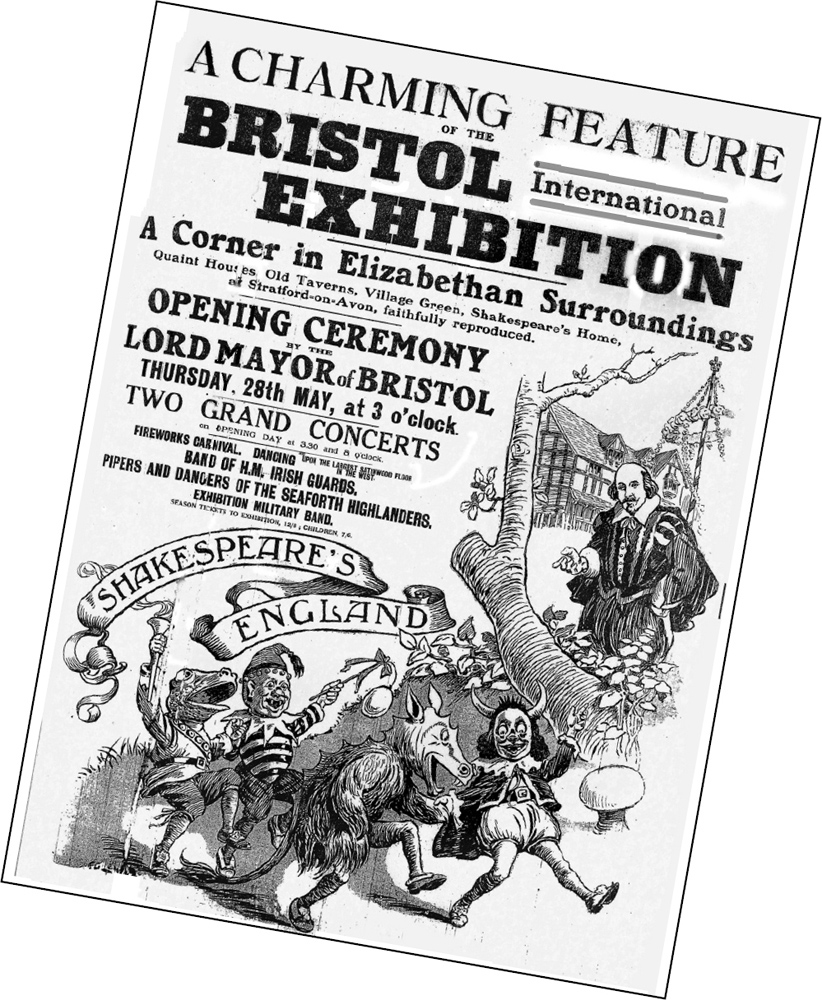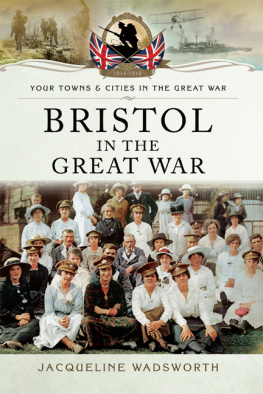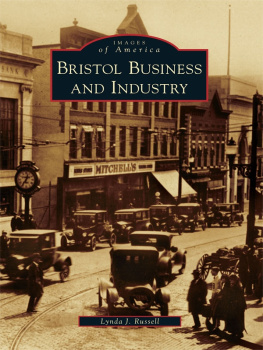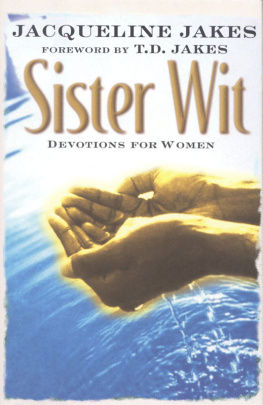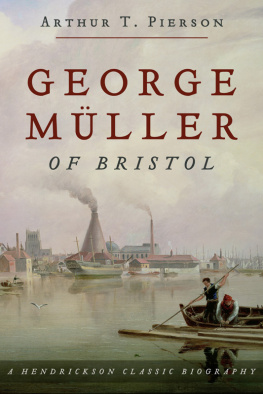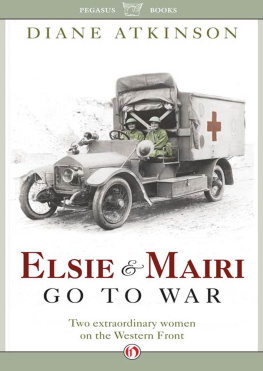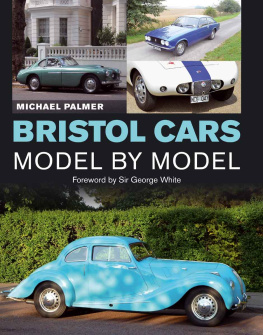This book is dedicated to my mother and father, both of
whom know Bristol well.

First published in Great Britain in 2014 by
Pen & Sword Military
An imprint of
Pen & Sword Books Ltd
47 Church Street
Barnsley
South Yorkshire
S70 2AS
Copyright Jacqueline Wadsworth 2014
ISBN 978 1 78303 635 6
eISBN 9781473838666
The right of Jacqueline Wadsworth to be identified as Author of this work has been asserted by her in accordance with the Copyright, Designs and Patents Act 1988.
A CIP catalogue record for this book is available from the British Library.
All rights reserved. No part of this book may be reproduced or transmitted in any form or by any means, electronic or mechanical including photocopying, recording or by any information storage and retrieval system, without permission from the Publisher in writing.
Designed by Factionpress
Printed and bound in England
By CPI Group (UK) Ltd, Croydon, CR0 4YY
Pen & Sword Books Ltd incorporates the Imprints of Pen & Sword Aviation, Pen & Sword Family History, Pen & Sword Maritime, Pen & Sword Military, Pen & Sword Discovery, Pen & Sword Politics, Pen & Sword Atlas, Pen & Sword Archaeology, Wharncliffe Local History, Wharncliffe True Crime, Wharncliffe Transport, Pen & Sword Select, Pen & Sword Military Classics, Leo Cooper, The Praetorian Press, Claymore Press, Remember When, Seaforth Publishing and Frontline Publishing.
For a complete list of Pen & Sword titles please contact
PEN & SWORD BOOKS LIMITED
47 Church Street, Barnsley, South Yorkshire, S70 2AS, England
E-mail: enquiries@pen-and-sword.co.uk
Website: www.pen-and-sword.co.uk
Contents
Acknowledgements
I would like to extend my sincere thanks to the many people whose help, interest, time and generosity made writing this book such a pleasure:
Ray Bulmer at Frenchay Village Museum, Dawn Dyer and Jane Bradley of Bristol Reference Librarys Local Studies Team, Steve Fell of the Shirehampton Book of Remembrance website, David Hardill at Yate and District Heritage Centre, Pete Insole of Myers-Insole Local Learning, Dr C. S. Knighton at Clifton College, Stella Man at Glenside Hospital Museum, David Read of the Soldiers of Gloucestershire Museum, and Meg Wise at Thornbury Museum.
To Anton Bantock for his excellent articles in the Malago Society magazines, and Lorna Brooks for her Great War research at Yate and District Heritage Centre.
For sharing their Great War stories, images and expertise: Christopher Bigwood, Jackie Carpenter, Pete de Claire, Paula Clutterbuck, Dr Raymond Cooper, Roger Day (who has written his own book The West Kennet Valley in the Great War ), Helen Frost, Eric Garrett (who has written his own book about the Parish of Olveston during the Great War), Bob Griffin, Brenda Hardingham, Linda Morris, John Penny, Matthew Richardson, Betty Siddell, Andy Summerhayes, Ted Wood, Ken Young.
I am indebted to Jack Williams, who allowed me to use his marvellous material from east Bristol and took time to read my draft manuscript, and to Christine and Mike Lillington who not only shared their own family stories but also pointed me towards other lines of research.
I couldnt have managed without Catherine Dunn for her technical help with the books images.
Picture credits are given in the captions. Where the name of an organisation is long, abbreviations have been used and the full names can be found at the end of the book under Other Research Sources.
Thank you to Wadard Books, Farningham, Kent () for getting my research off to a flying start by selling me the invaluable Bristol and the Great War at a price within my range.
And finally, thank you to my husband Ralph, daughters Frances and Catherine, and my parents, Margaret and Bill Wadsworth, for their suggestions, proof reading and invaluable support.
Chapter One
1914 A Rush of Excitement
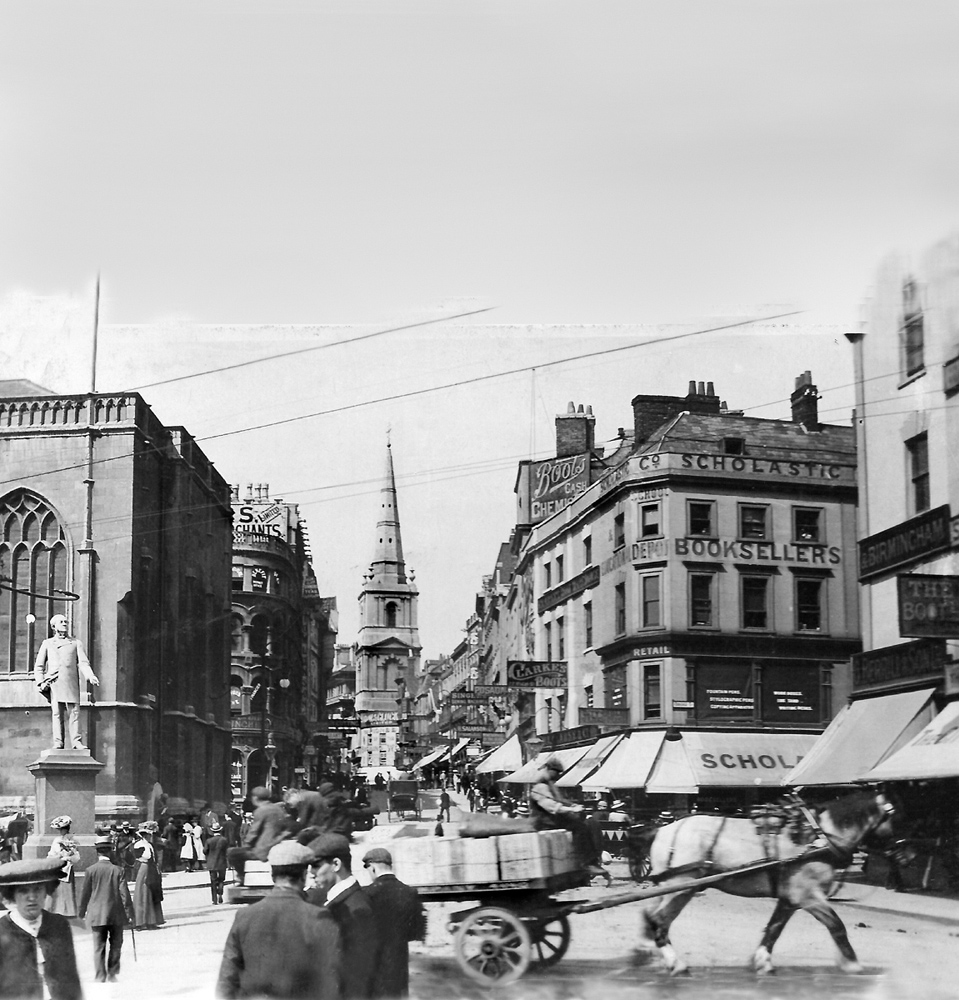
Pre-war Bristol was a city full of optimism and enterprise. [Bob Griffin]
AS THE SUMMER OF 1914 spread its warmth over the rolling hills of south-west England, the city of Bristol was buzzing with optimism and enterprise. On the shores of the Severn Estuary at Avonmouth Docks a new world was being opened up to ordinary people by two magnificent steamers, the Royal Edward and the Royal George , which were making regular and affordable trips across the Atlantic. The fortnightly service was advertised as the fastest to Canada and the operator, Royal Line, promised exciting opportunities in a land of prairies and sunshine for those willing to make the move. It was an attractive proposition that thousands of families were taking up, including many Bristolians.
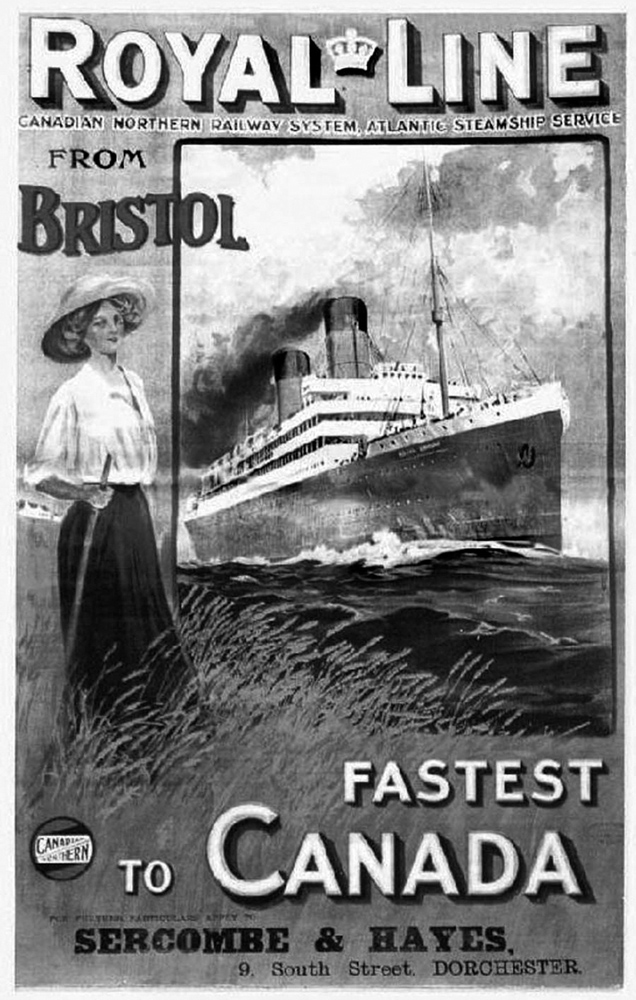
A poster advertising the steamship service to Canada.
A few miles east of the docks, at the village of Filton on the citys northern fringes, the son of a Bristol painter and decorator was carrying out pioneering work in the field of aeronautics. George White had been inspired by the American Wright brothers first powered flight in 1903, and with the support of family members he had set up the British and Colonial Aeroplane Company. The first aeroplane to be turned out was the Boxkite, which drew huge crowds to watch spectacular flying displays over the Downs. Soon the company boasted the largest aircraft factory in the world with customers as far afield as Russia and Australia. It also ran its own pilot-training schools, and any young aviators flying over Bristol during the summer of 1914 would have looked down on scenes of unusual industry on the banks of the River Avon.
For downstream of Clifton Suspension Bridge, in the shadow of the bonded warehouses at Ashton Meadows, two thousand workmen were preparing for the Bristol International Exhibition, which was to run all summer and was just the sort of opulent event that Edwardians loved. Its theme was England through the ages and pre-fabricated buildings were being erected to house concerts, displays, lectures and pageants. There were medieval streets, Shakespeares England, a reproduction of Bristol Castle and a grand International Pavilion. Fairground rides were being assembled for children as well as cages for real lions and tigers, and when darkness fell the whole site was bathed in new impressive floodlights.
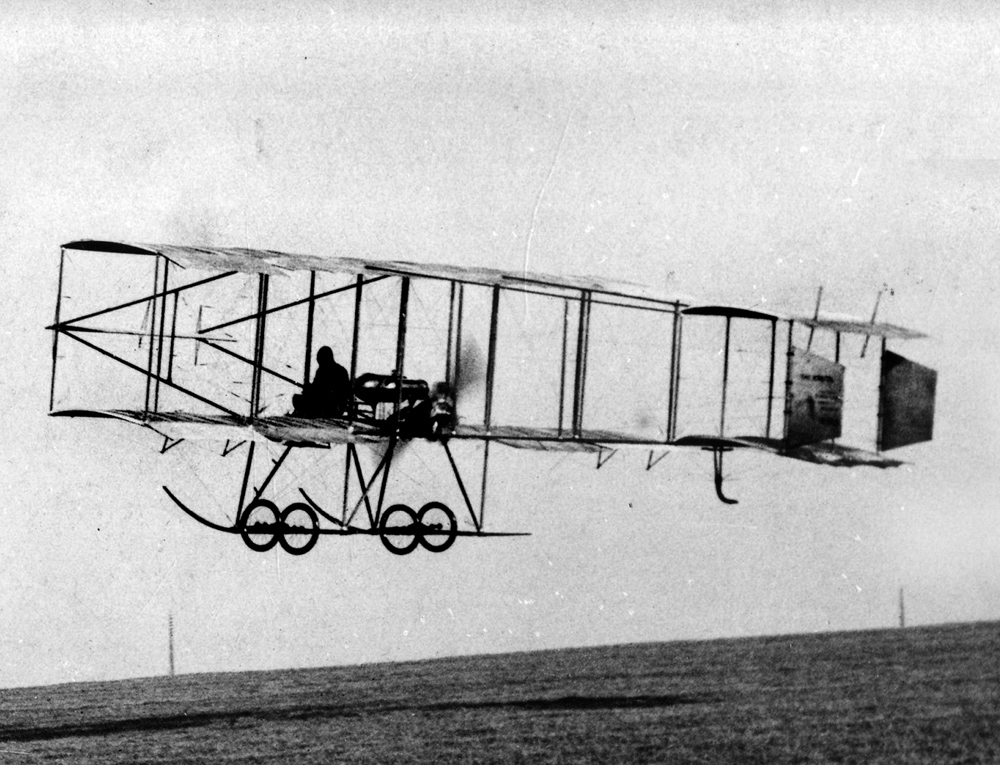
An early Boxkite takes off. [Airbus]
Such enterprise was nothing out of the ordinary for Bristol. Tucked away in the rural West Country, far from the commerce of London and the industry of the north, the city had always pursued its own opportunities and over the centuries had developed a rich and colourful history. In the coming months the aeroplanes of Filton, the passenger ships at Avonmouth and the International Exhibition would all make names for themselves, but as the dark clouds of war drifted in from Europe it would not be as their proprietors had planned.
